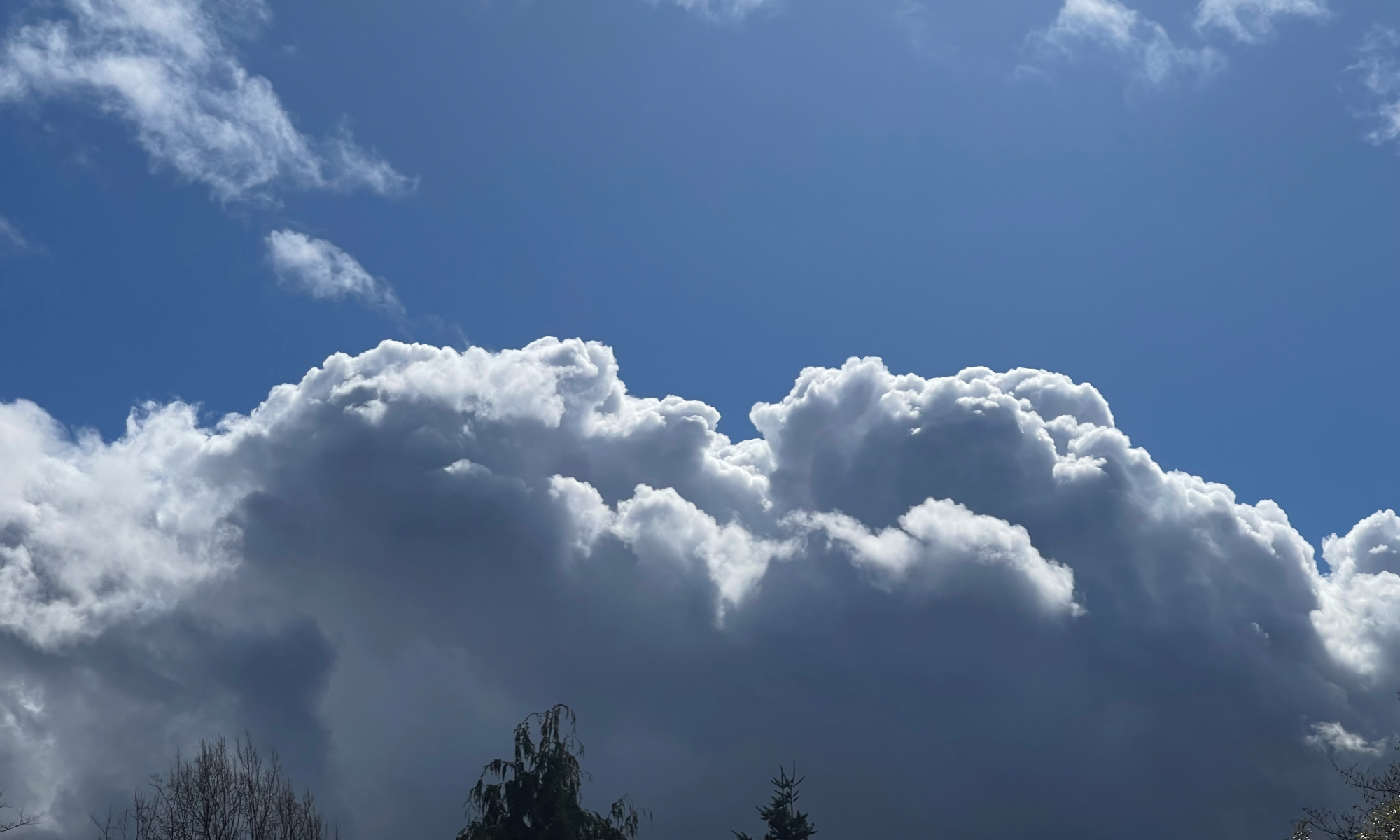
A carpet of fallen leaves greeted me when I went out to the cabin to make tofu this morning. “Whoa!” I said when I stepped through the gate and saw all the leaves, wheelbarrows and wheelbarrows of leaves for the garden. Yesterday’s bluster shook the trees. Leaves fell all day and night.

[wpvideo 0OC8Cynx]
In the cabin the gentle sound of soybeans soaking underneath a trickle of water is so soothing. The beans have come all the way from the other side of the Rocky Mountains to fatten in a cool stream. Maybe someone in Anacortes or down in the valley is feasting on fresh tofu tonight. I’ve adjusted my schedule so that I always have some on hand. If you need any, let me know.

Snow geese by the thousands greet me on my way home from delivering tofu. It’s just in the past two to three years that the flocks are spending a lot of time in the northern part of the Skagit Valley. At times they fly overhead. Unlike other geese and swans which fly in small V-shaped groups, snow geese take to the air en masse, forming ribbons of hundreds and thousands of birds, noisily flying overhead, ribbons that at times stretch for miles.
When you approach a field of snow geese, from a distance, they look like fields of white daffodils, or snow covered fields. And then you get closer and see that they are snow geese from here to the horizon. Their summer homes are in the far, far north, on the arctic sea coast, all the way to tip of Ellesmere Island, Umingmak Nuna, or land of the muskoxen, less than 500 miles from the North Pole. Just a few weeks ago these snow geese were on the tundra, looking down at muskoxen and caribou as they flew. Now they are here, watching cars go by, and flying over houses and freeways. Lucky snow geese, no passports to carry, no border crossings to worry about, just wings to flap and sail over all boundaries. If humans had wings, we never would have dreamed of creating border crossings, or fences, or walls. What would be the point?
